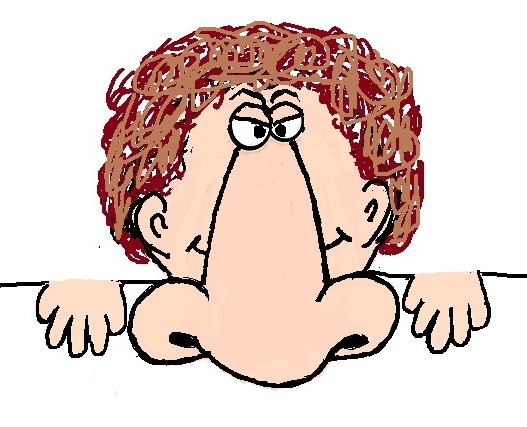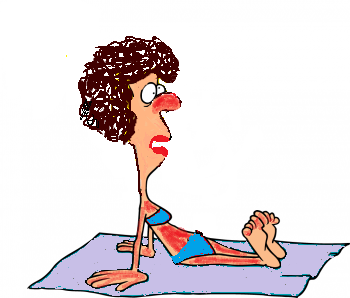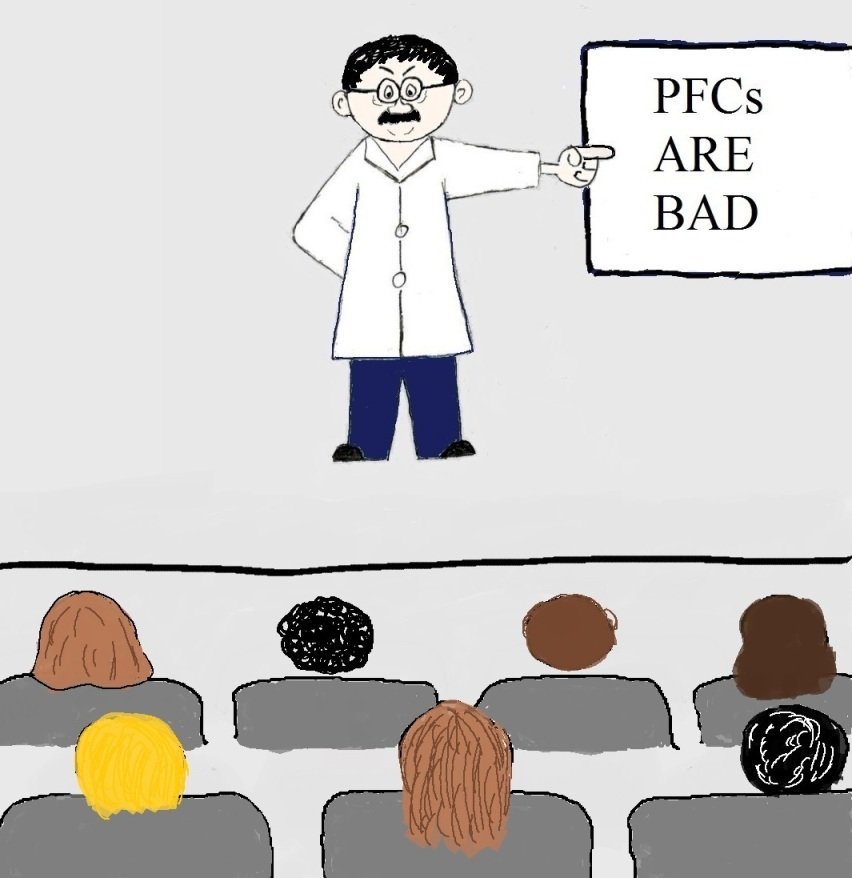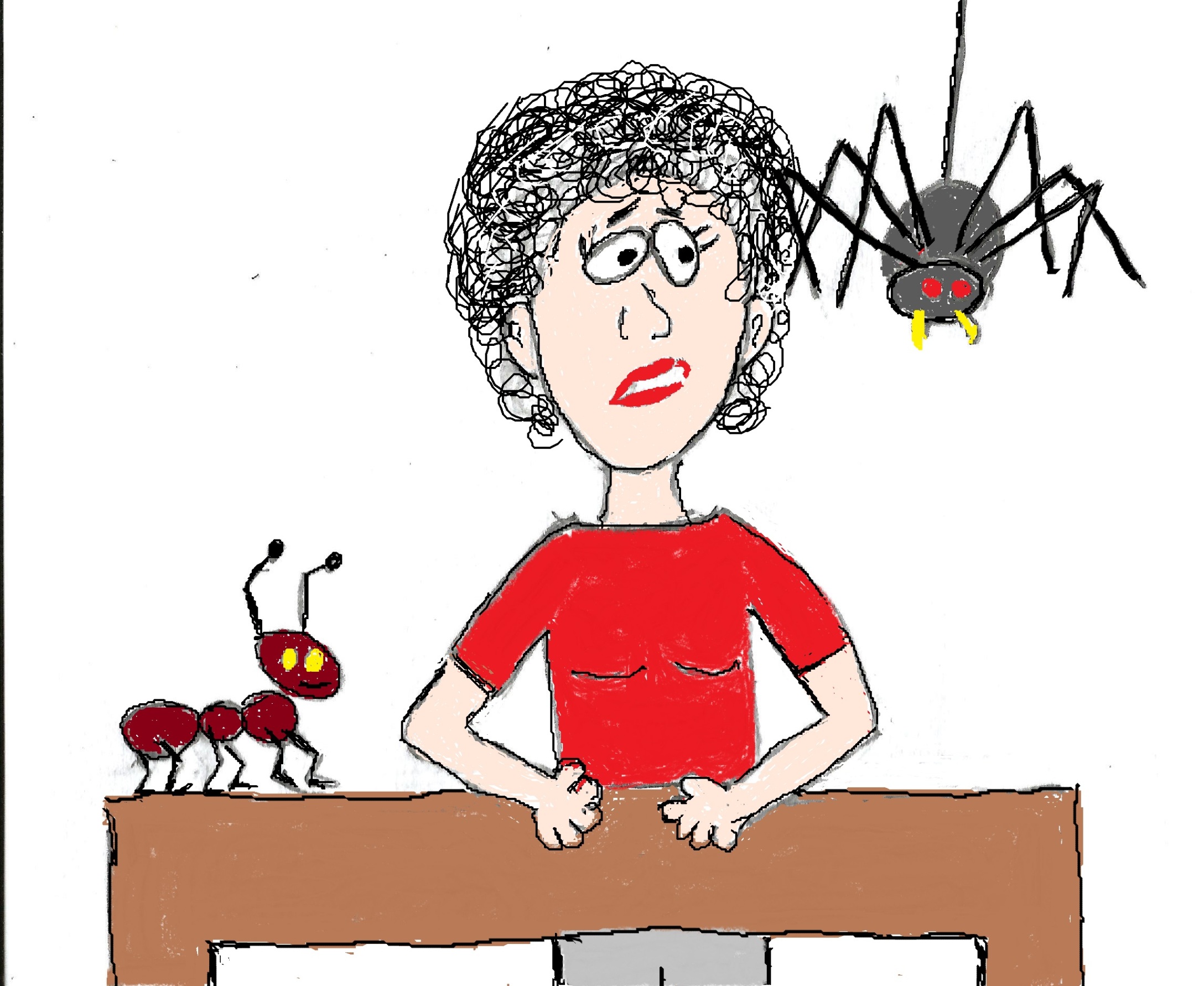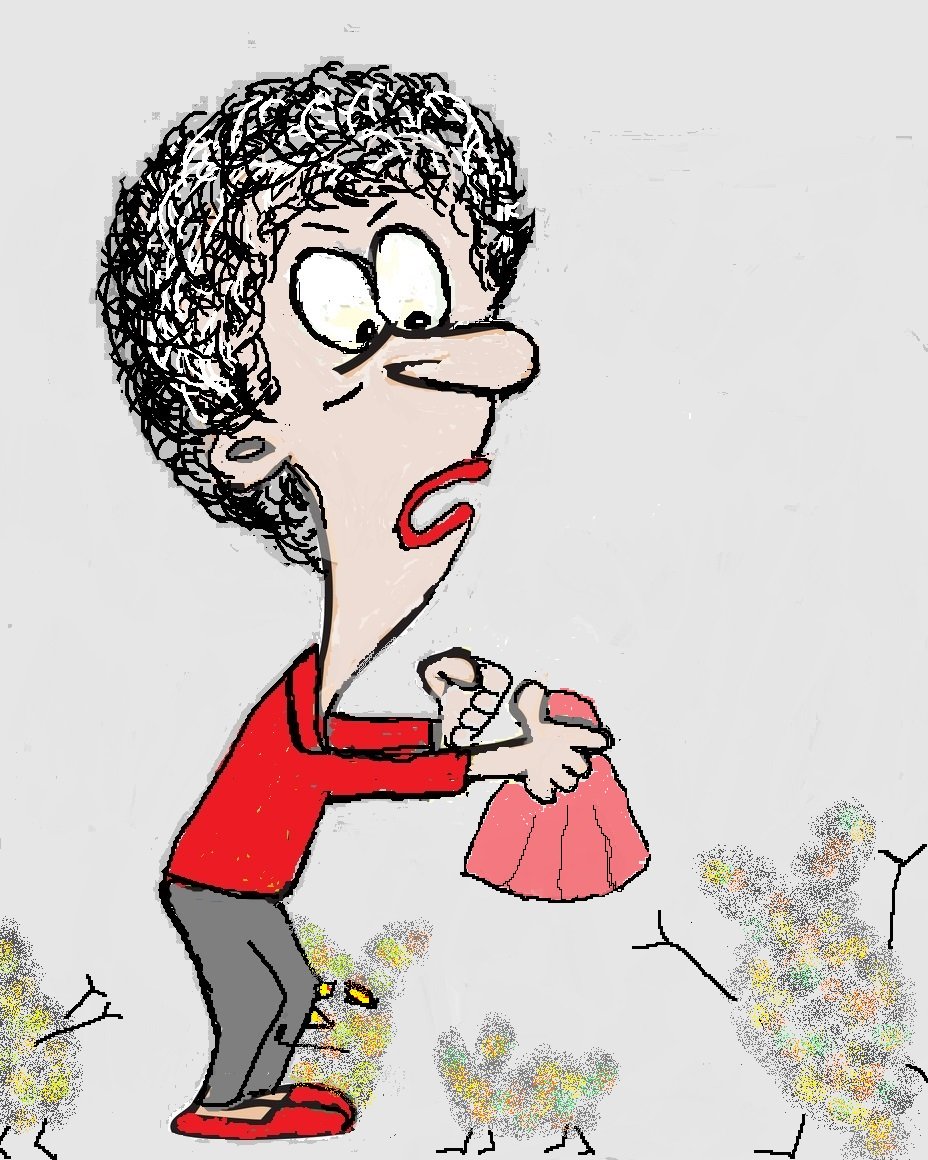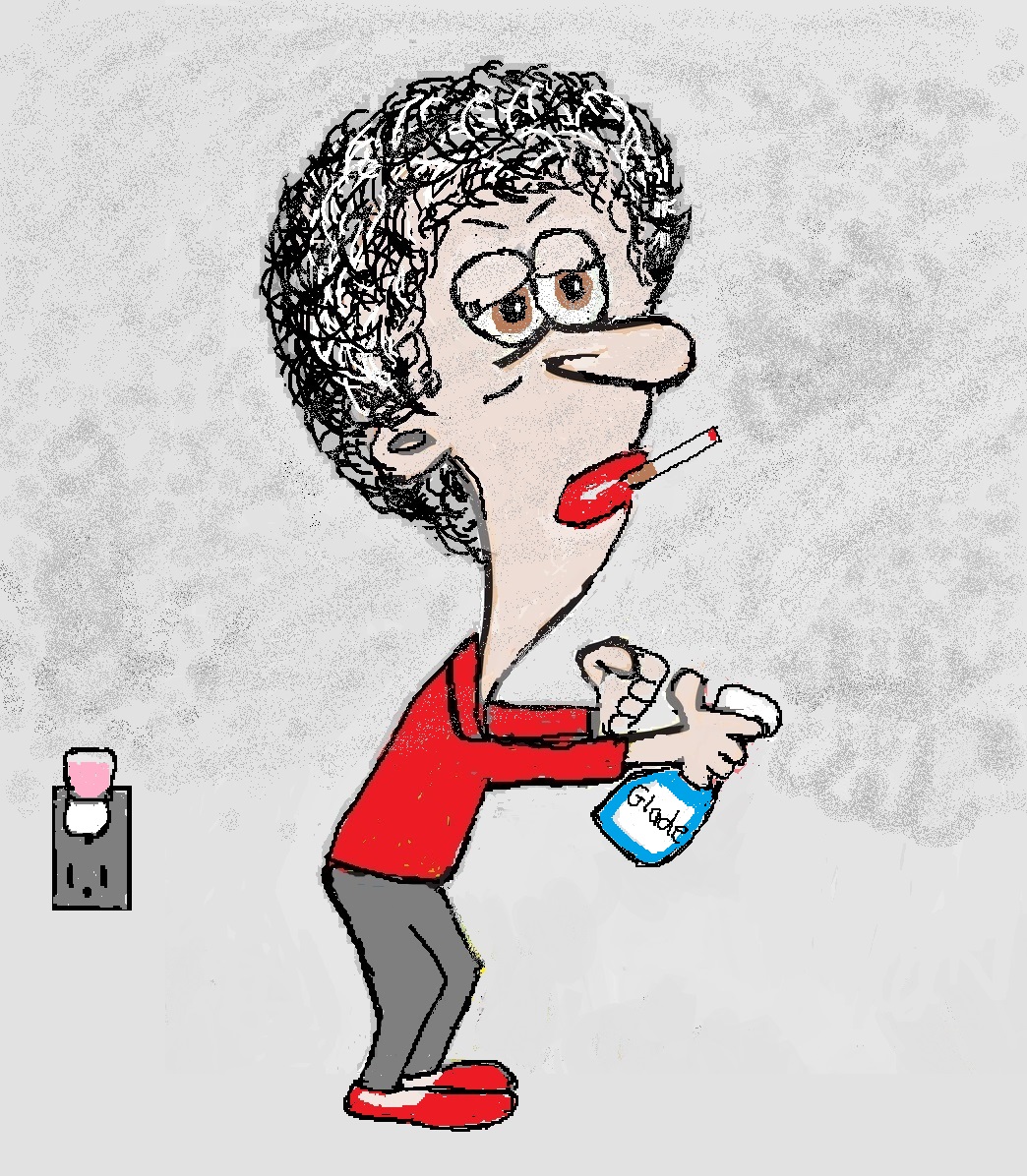- Home
- Toxic Chemicals in Household Products
- Fragrance Chemicals
How Many Fragrance Chemicals Does it Take to Make An Ocean
Breeze?
With every breath you take the air quality in
your home may be making you sick. Indoor air is often more polluted than
outdoor air and products with fragrance are a main source of this pollution. Why? Because it takes a lot
of chemicals to make an ocean breeze.
Indoor Air Quality
Indoor air quality is usually much worse than outdoor air quality. Shocking right. Your home is your sanctuary. But unfortunately it is also a main source of toxin exposure
So why is indoor air quality so bad? First, your home is designed to protect you from the elements and conserve energy, so unless you live in a drafty old farm house, your home is airtight. This means all the chemicals that evaporate (volatile and semi-volatile organic compounds) into the air from products you use are trapped in your home. The heavier, less volatile chemicals also attach to house dust.
If you’ve ever smelled fresh paint, a new vinyl shower curtain, or that “new car smell” you know what volatile organic compounds (VOCs) are. Dozens of VOCs can be admitted from a single product. Studies that measure the quality of indoor air repeatedly find numerous types of phthalates, parabens, flame retardants, PFCs and PCBs. The levels are high enough that indoor air is considered a major source of exposure to toxins. And scented products release lots of VOCs.
Fragrance Chemicals
Products with fragrance may contain 50–300 different chemicals. Because fragrance is considered proprietary information, companies don’t have to disclose what chemicals they use so you don't know what toxins you are exposed to.
What we do know is that products with fragrance are a notorious source of indoor air pollution from VOCs. For example, a 2010 study examined 25 common fragranced products—laundry products, personal care products, cleaning supplies, and air fresheners and found
- 133 different VOCs emitted from the 25 products
- An average of 17 VOCs were released per product.
- The most common VOC released was d-limonene
Some of these VOCs (e.g.,d-limonene) can react readily with ozone to produce secondary pollutants like formaldehyde, organic aerosols, ultrafine particles, and the hydroxyl radical.
Not convinced. Well, here are the results of a 2015 study that compared the VOCs emitted from fragrance and fragrance-free products. This studied reported:
- The products with fragrance emitted 144 different VOCs and 39 of them are toxic
- The fragrance-free products emitted 31 VOCs and 21 of them are toxic
- An average of 15 VOCs were released per product
- Ethanol and d-limonene were the most common VOCs emitted
Phthalates are another group of chemicals that don't show up on the ingredient list. But phthalates are used in scented products to dissolve and carry the smell of fragrances, so it’s safe to assume that if you’re using something that contains fragrance, it also contains phthalates.
And that’s just what a 2012 Silent Spring Institute study found. In this study researchers looked at 213 commercial products and found that fragranced products had the highest concentrations and the most different types of phthalates.
Fragrance Chemicals and Your Health
I never really understood why synthetic fragrances are so popular. They were originally added to cover the smell of chemicals, but now we can't seem to live without scented soap, creams, cleaners, fabric softeners, candles and cosmetics.
And personally I think synthetic fragrances smell awful. Lavender smells great. Fake lavender scent doesn't. On the rare occasion I have to go down the aisle of cleaning supplies at my grocery store, I have to hold my breath. All those synthetic smells give me a headache.
Plus, that ocean breeze smell comes at a cost - your health. When you use things like air fresheners and fabric softeners, the toxic chemicals are released into the air. They may then be inhaled, or the aerosol particles may land on the skin and be absorbed. Once these chemicals enter the bloodstream, they can alter hormone levels and cause other health problems.
The health problems liked to the toxins in products with fragrance include asthma, allergies, cancer, diabetes, endocrine disruption, heart disease, reproductive problems, and obesity.
Take 10 minutes to look at all the products in your home that contain fragrance. Go ahead. I'll wait.
Now multiply how many you found by 17, the average number of VOCs found in scented products. Is the fake smell of an ocean breeze really worth it?
